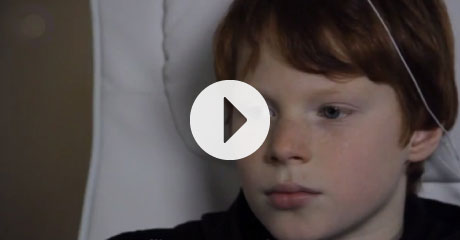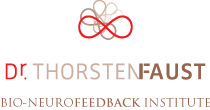ADHD
DISORDER CHARACTERISED BY ATTENTION DIFFICULTIES AND HYPERACTIVITY, WHICH MAY BE ACCOMPANIED BY BEHAVIOURAL PROBLEMS AND OTHER MANIFESTATIONS. IT REQUIRES MULTIMODAL TREATMENT.

The initials ADHD stand for Attention Deficit Hyperactivity Disorder. This disorder contains different subtypes and profiles:
· COMBINED ADHD.
People with symptoms of inattention and hyperactivity-impulsiveness.
· ADHD WITH DOMINANT ATTENTION DEFICIT.
Most common in children and can easily go unnoticed.
· HYPERACTIVE-IMPULSIVE ADHD.
The least frequent of the three.
ADHD symptoms continue to evolve with the patient's age (in childhood hyperactivity is more prevalent with inattention persisting into adulthood). It is important to detect and treat other symptoms that accompany ADHD (co-morbidity), such as disruptive behaviours, anxiety and childhood learning difficulties.
The treatment of child and adolescent ADHD must include psychoeducation and training for parents (advice on behavioural techniques and handling ADHD), treatment with the child (strategies for organisation, planning, emotional self-control and medication, if necessary) and coordination with the school. In adulthood,
the treatment centres on the person suffering from ADHD, although it is effective to include a significant family member, such as their partners.
In the context of multimodal treatment, Neuro-biofeedback training has great scientific recognition. In countries including Germany, Holland and the United States, it is part of standard therapy for ADHD.
Neurofeedback is completely innocuous and its format is very similar to a video animation, with which rewards can be obtained by correctly using the brain. Children with ADHD play only with their brains, without using any other command. This is how they direct the change to different states of concentration. Every time that their brainwave patterns approaches the target pattern, they earn points. Throughout the test, children are notified on their performance in the exercise, so that they can correct their brain activity to obtain the target and reward.
In a session parallel to Neuro-biofeedback, we advise parents. We also coordinate with schools to perform follow-through on our patients' progress.

Using Neuro-biofeedback, people with ADHD can obtain effective solutions, whether or
not it is combined with other treatments, which lets them increase their self-efficacy
experience, improve self-control, attention and concentration, as well as obtaining
more efficient emotional regulation and a clear reduction in symptoms associated
with this disorder.
The AAP (Association of American Physicians) has included Neurofeedback as a
tool that is useful for ADHD treatment.


